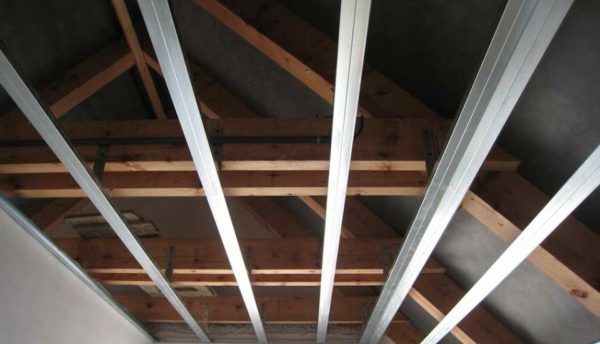Ventilation in a private home: regulations and practical tips
Table of contents
-
1 Regulations
- 1.1 SNIP 2.08.01-89
- 1.2 The benefit to the SNIP 2.04.02-84 and 2.04.01-85
- 2 Practice
-
3 My experience
- 3.1 It was
- 3.2 It became
- 3.3 Solutions
- 4 conclusion
In the first winter after the purchase of his house, I was faced with an unpleasant problem: the air in it was damp, musty and the windows constantly covered with droplets of condensation. The reason turned out to be ill-conceived system of ventilation. Today I want to talk about how to be designed in a private home ventilation according to the current SNP, and their own experiences of its installation.

Scheme ventilation two-storey cabin. The air leaves the house through the opening to a roof air ducts and flows into it through air valves in windows.
Regulations
What kind of building codes regulate the ventilation of the work in a private home?
- 4 to the required application comprises SNP 2.08.01-89 air flow through the hood rules for building different functionality;
- Benefit for private houses engineering systems designers intended to develop and specify the requirements of SNIP 2.04.02-84 and 2.04.01-85.
A curious thing: the last two SNP are not related to the building air exchange with the street and regulate the construction of water supply networks - external and internal. However, the benefits affect sewage problems, heating and ventilation.
Let's get acquainted with the regulatory requirements for operation of the ventilation system.
SNIP 2.08.01-89
| Picture | Type and air flow rate for him |
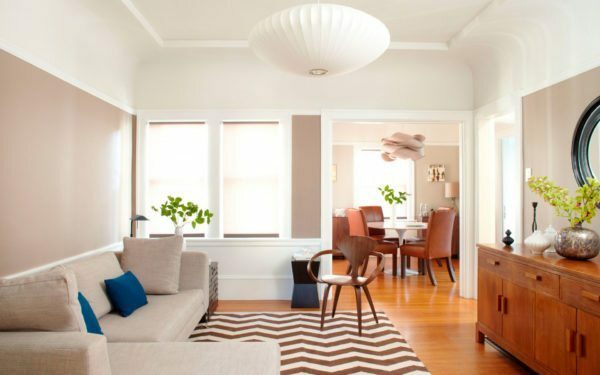 |
Living room3 cubic meters per hour per square meter. |
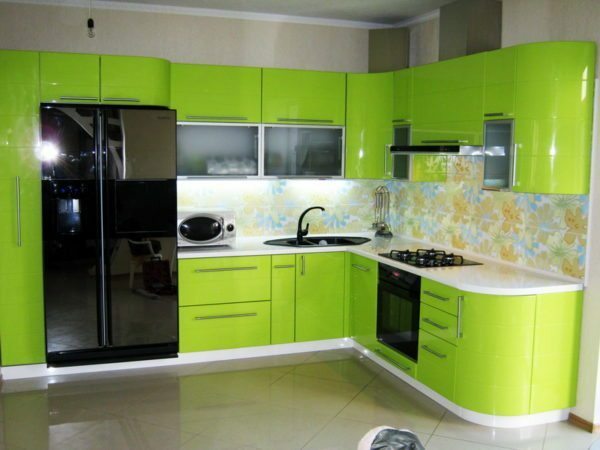 |
Kitchen:
|
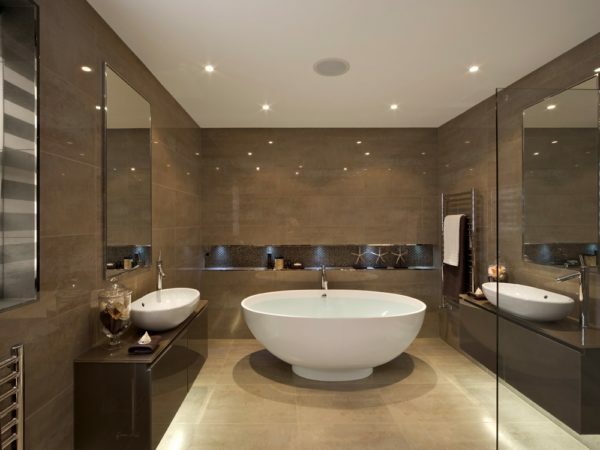 |
Bathroom: 25 m3 / h. |
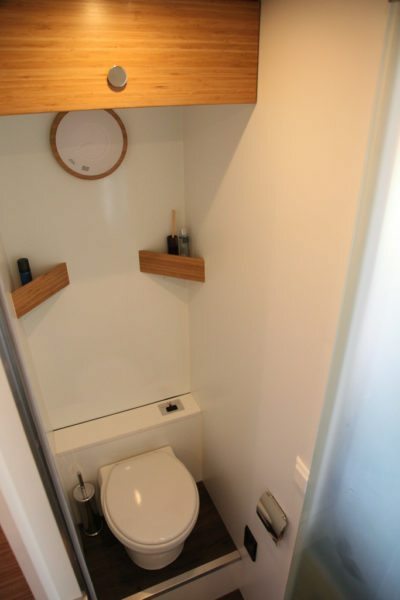 |
Restroom: 25 m3 / h. |
 |
WC: 50 m3 / h. |
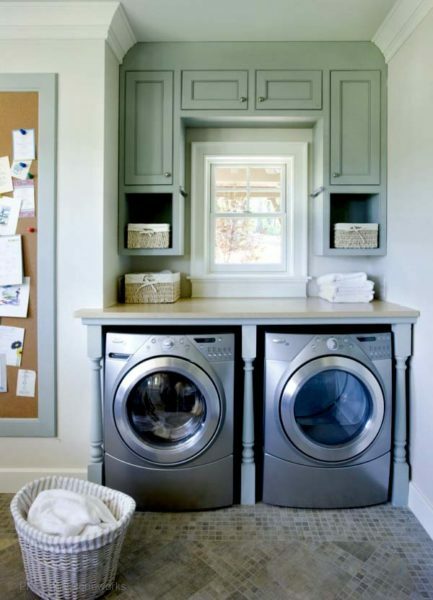 |
Laundry7 m3 / hr at an air inflow at least 4 m3 / h. |
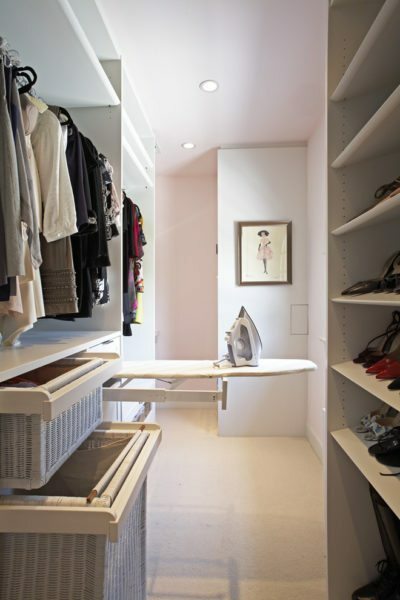 |
Dryer, ironing room3 m3 / h at a tributary at least 2 m3 / h. |
In the lobbies, halls and corridors own ventilation is not provided. Air exchange in them is due to the work of extracts in adjacent rooms.
The benefit to the SNIP 2.04.02-84 and 2.04.01-85
This document explains in detail how to make the ventilation in a private home. Here are its key requirements:
- The presence of the ventilation system in a detached house necessarily. Exhaust ventilation (preferably with natural draft) are provided with auxiliary premises - kitchen, bathroom, WC, shower and toilet. Inflow of fresh air into the living room may be provided through air channels, air supply valves in windows or walls, as well as periodic ventilation through the window and the window;
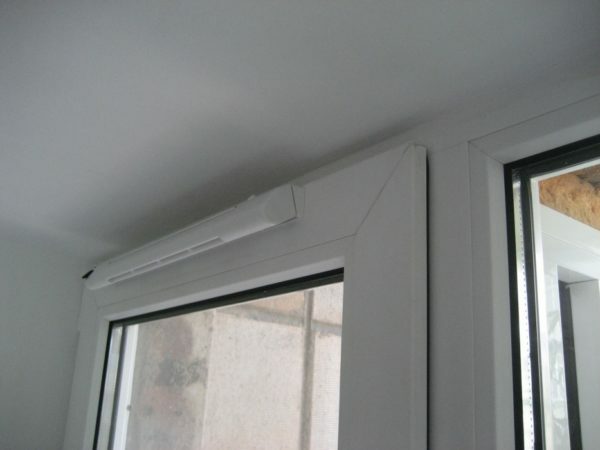
Plastic window closed tightly. Supply valve ensures a constant and regulated supply of air into the house.
In homes with loose-fitting wooden frames influx provide gaps in them. It was designed as a ventilation system in all apartment buildings Soviet-built: in the hood meet air ducts in the bathroom, bathroom and kitchen, and clean air enters the apartment through krupnoschelevye frame.
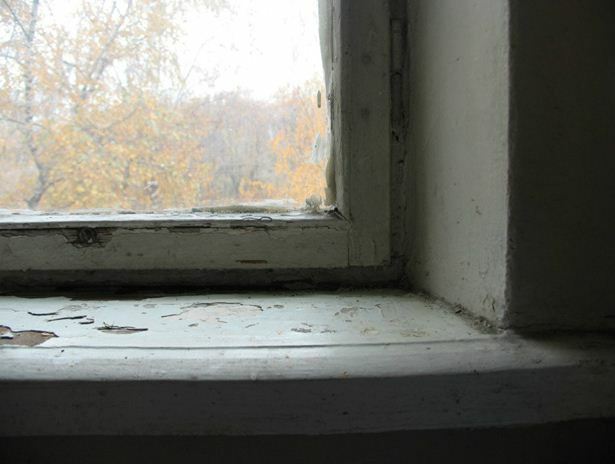
Unsightly appearance, wooden frames in Soviet-built homes are part of an apartment ventilation system.
- All interior doors in an apartment must have a 2-inch gap between the door leaf and the threshold. It is needed for the air flow between the rooms;
The presence of supply and exhaust channels in every room makes this optional. In this case, individual rooms ventilation systems operate independently of each other.
- Natural extract can complement the forced ventilation (Centrifugal or axial fans, exhaust ducts);
- If the hood dominates the influx, The difference is compensated through periodic ventilation vents;

The plastic windows without panes for ventilation system meets mikroprovetrivaniya or window latch-comb. Tab on the photo allows metered flow of fresh air.
- If the inflow prevails over the hoodThe solution is the same - occasional ventilation. But the window and the window opened by the dried up facade (on the leeward side of the house);
- During warmer months, the house ventilation is not standardized: Its performance can clearly exceed the calculated value. Limiting the maximum performance only acts in winter, when warm air losses lead to increased consumption of thermal energy;
- The influx of cold outdoor air must be arranged as close as possible to the heat source. There's fresh air quickly mix with warm air masses without creating drafts and cold streams.
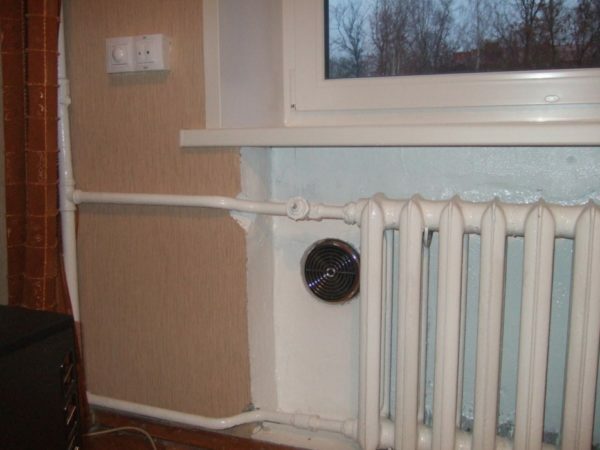
The ideal solution: the supply valve for the radiator. The cold air is mixed with the warm does not generate drafts.
Practice
Now I will talk about how to make the ventilation in a private home, paying attention to practical solutions.
When designing ventilation in the house, consider a wind rose. The prevailing wind direction will create a pressure differential between the two facades of the house. The influx is better positioned on the windward side, the hood - lee: then the wind will not interfere with natural air circulation, and help her.
Extractor hood is always mounted on the ceiling. The higher, the better. The exhaust air together with water vapor, dust, soot and unpleasant odors displaced colder supply air masses up. From there he was, and should be selected.
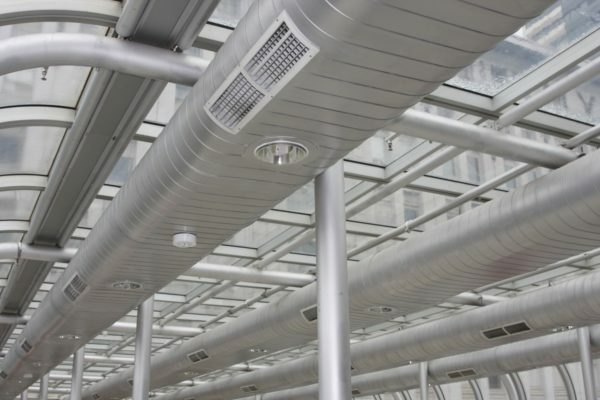
Air intake and exhaust ventilation must be located as close as possible to the ceiling.
When installing the air ducts make the acoustic isolation between rooms. The first instruction regards plastic pipes: they are due to the small wall thickness tend to resonate, amplifying the sound. A pair of air turns and rigid fixation to the main wall on the curve eliminates the spread of ventilation noise.
Provide exhaust duct fan. Forced ventilation convenient natural that delivers consistent performance, which is almost does not depend on the air temperature in the room and on the street, as well as the wind direction. Airflow through ventkanal natural draft in calm weather and in a strong wind may vary by several times.

Channel fan in the exhaust ventilation duct will ensure its continued performance.
Use duct fans and hoods with sliding bearings and bronze bushings. Their price is 10-30% higher than that of the fan with ball and roller bearings, but the noise level during operation is at least twice lower.
Organize air flow through the basement or cellar. The soil below the frost and under the foundation of the house all year round has a constant temperature of + 10-14 degrees; that is why in the basement is always greater than zero. If the supply air enters through the basement, he warmed up without any effort on your part.
With the influx through the basement or cellar ventilation can work in a private home with the belt foundation. If the house is on stilts, the cellar has the same temperature as the street.
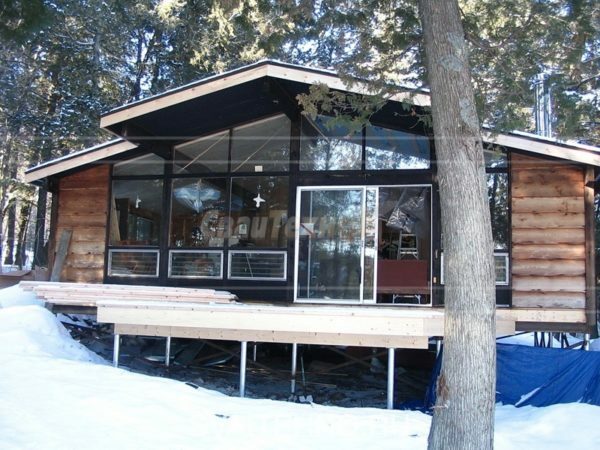
House on screw piles: underfloor air temperature is different from the street.
My experience
It was
So at the time I moved to a new home the picture was as follows:
- Ventilation in the house ventilation was carried out only through the windows. Constantly running air ducts absent as a class;
- Humidity wild. In winter, keep the windows open permanently impossible, but with the windows closed all vapor (moisture from breathing, washing dishes and floors, clothes drying, etc.) remain in the house;
- The windows were constantly covered with drops of condensate;

Condensation on the windows - the first sign of a lack of room ventilation efficiency.
- The walls in the coldest corners of soaking, despite working heating;
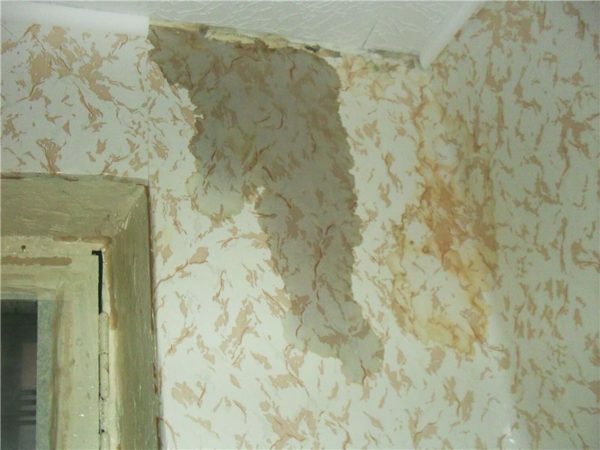
Under high humidity the water condenses on all the cold surfaces, including the walls and ceilings.
- When air temperature C + 18-20 ° house was subjectively cold. High humidity increases the thermal conductivity of air, and, after her, the heat loss through the skin.
It became
Once home ventilation was given in proper condition, it finally became comfortable.
Air condition: dry and fresh.
Scents: Disappear within half an hour after cooking or the use of perfumes.
Condensation on windows and walls: absent.
Subjective Temperature: at 18 the air in the building is perceived as warm.
Solutions
Here are the details of the implementation of the ventilation system in my country house.
Basement:
| Picture | ventilation channel |
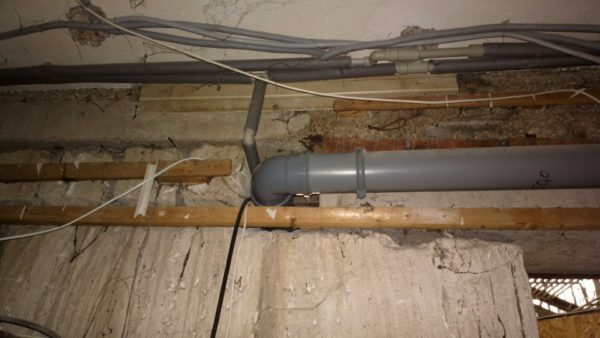 |
inflow: Window in the basement of the house. |
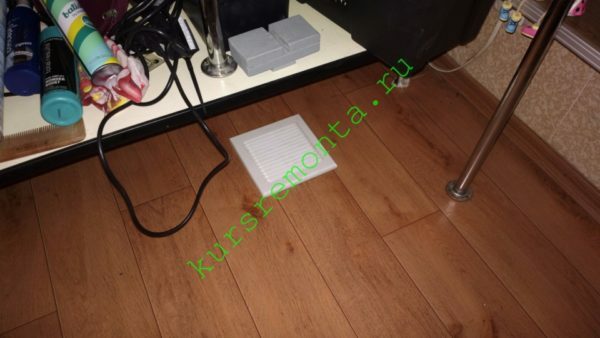 |
extract: Vertical shafts in the ceiling between the basement and the first floor. From above they are closed ventilation grilles with mesh for protection against insects. |
Bedroom:
| Picture | ventilation channel |
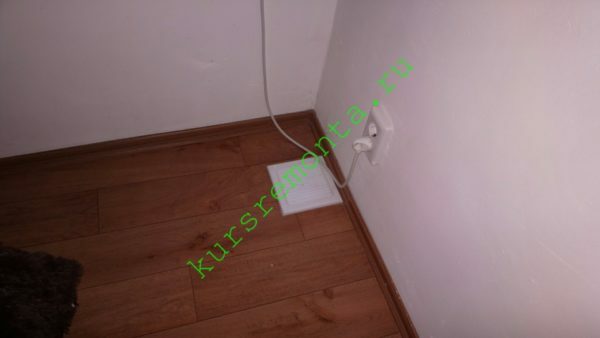 |
inflow: Mine in the floor, through the ceiling connecting the bedroom with a basement. Air is supplied to the room with a temperature of about 14 degrees. Top grating ventilation air flow blown from the air conditioner which is responsible for heating the bedroom winter, so cold drafts can not be afraid. |
 |
extract: Ventilation grille in the air ducts, the total for the bedrooms, bathrooms and kitchens. Ventkanala of the street is derived from the channel chimney fan. |
nursery:
| Picture | ventilation channel |
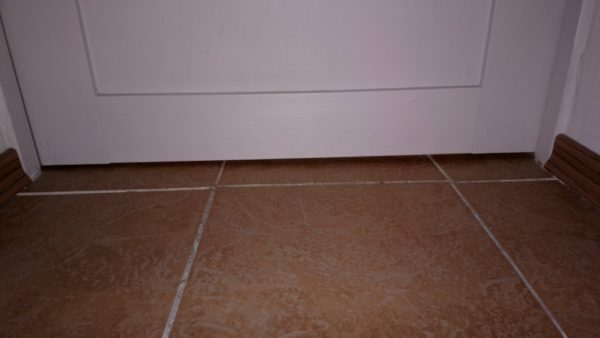 |
inflow: Gap under the door. Air flows therethrough a bedroom in which it is supplied from the basement (recall warmed to +14 degrees). |
 |
extractor hood: channel fan blows air into a vertical ventkanal, shared with the neighbor's house. Bends plastic vent tube provides acoustic isolation from neighboring premises. Dimmer on cord fan power allows you to customize its turns, balancing between noise and performance. |
WC 1st floor:
| Picture | ventilation channel |
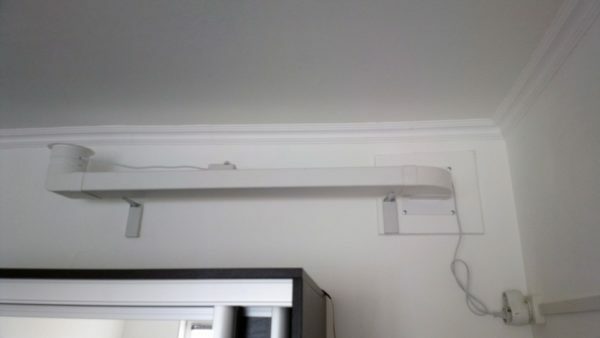 |
inflow: Gap under the bathroom door |
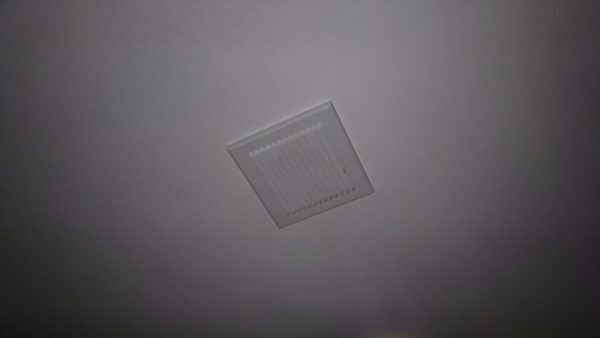 |
extractor hood: ventilation grids in suspended ceiling plasterboard. They open into a common channel with ventkanal fan output. |
Bathroom attic floor:
| Picture | ventilation channel |
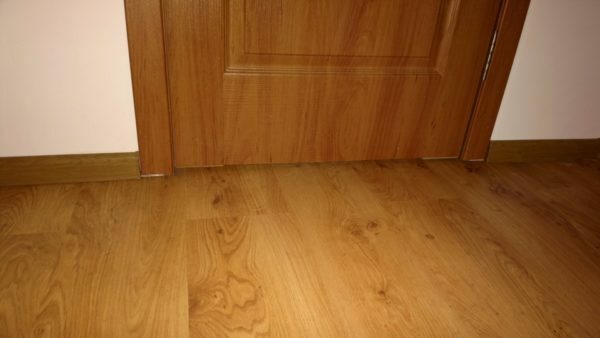 |
inflow: The gap under the door to the bathroom. |
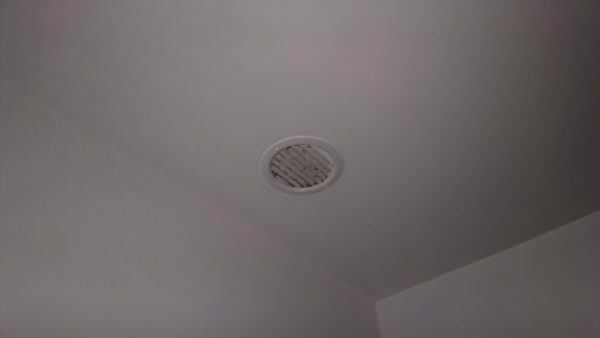 |
extract: Ventilation grille in the ceiling. For lattice hidden channel fan capacity of 105 m 3 per hour. |
Ventilation of bathrooms - total with the remaining volume ventilation of the attic. Before channel fan should tee, bleeding of the air from the ceiling of a bathroom, and some - in the space between the suspended flow of the attic and roof.
Mounting ventkanala configured sulfur sewer pipe diameter of 110 mm; the outer tube is withdrawn from the top of the gable-house and is provided with an umbrella deflector for protection from rain.
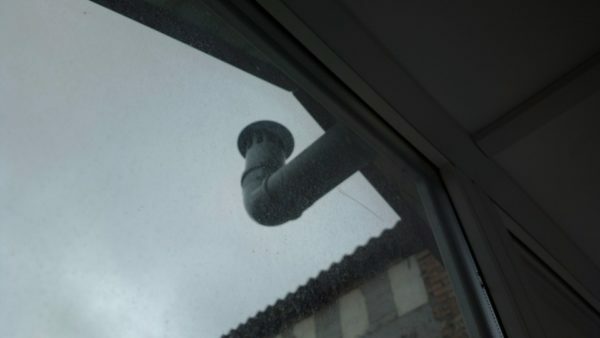
In the photo - a conclusion by drawing on the gable window.
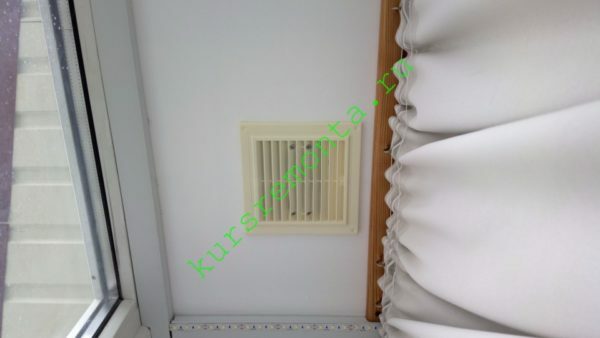
Exhaust ventilation of the attic through the lattice work in a suspended plasterboard ceiling. Air flow - through leaky roofs compound.
conclusion
I hope that my experience will help the reader avoid the typical newbie mistakes in construction. Learn more about how to ventilation installed in a private home with your own hands, you will help the video in this article. Feel free to comment on and complement it. Good luck, comrades!


